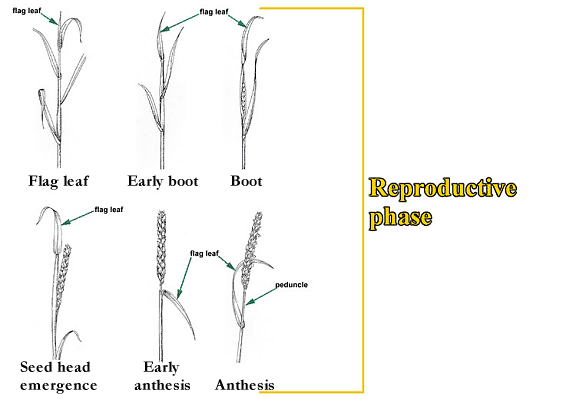LMK17
Loving the herd life
I'm in way over my head when it comes to hay!
First, I'm pretty clueless regarding deciding *when* to make hay. Can someone please explain that to me, in layman's terms? I know I cut way late last year. Our bluestem was higher than my waist and had started dropping seeds already. That was in Oct or so. I *think* I'm in a good window for cutting right now. I'm not seeing big stalks on most of the grass. There's definitely a better proportion of leaf versus stem than when we cut last year, and the blades are pretty tall. BUT I don't know if I should cut now or wait a little longer. How do you tell?
Also, I'm a little confused about feeding hay. Last winter, I fed our overly mature hay to our cattle, but I supplemented with a little alfalfa for the protein. This year, I'd like to be able to confidently feed only our hay. How do you know if you need to supplement or not? Also, I noticed last year that our goats weren't very interested in our hay, though the cattle ate it with gusto. Is there a trick to feeding hay to goats? (We fed large round bales on the pasture in a round feeder.)
I also hear about "horse quality hay." Are horses really that sensitive? We don't have horses yet but plan to get them one day. Will our organic, native hay not be good enough for them?
Finally, we're trying to tread as lightly on the pasture as possible. My plan is to cut only half the pasture one time each year and allow the other half to stand and re-seed itself. Then the following year, we cut the other half. Also, I figure that way, there will be fewer nutrients being carted off, allowing for longer periods between fertilizing, yet the place won't be overrun by saplings because we'll be cutting it all every other year... Is this a sound way of managing the property?
Not sure how helpful the photos are, but here's how the pasture looks today. I think it's ready to be cut and should still be pretty nutritious?


First, I'm pretty clueless regarding deciding *when* to make hay. Can someone please explain that to me, in layman's terms? I know I cut way late last year. Our bluestem was higher than my waist and had started dropping seeds already. That was in Oct or so. I *think* I'm in a good window for cutting right now. I'm not seeing big stalks on most of the grass. There's definitely a better proportion of leaf versus stem than when we cut last year, and the blades are pretty tall. BUT I don't know if I should cut now or wait a little longer. How do you tell?
Also, I'm a little confused about feeding hay. Last winter, I fed our overly mature hay to our cattle, but I supplemented with a little alfalfa for the protein. This year, I'd like to be able to confidently feed only our hay. How do you know if you need to supplement or not? Also, I noticed last year that our goats weren't very interested in our hay, though the cattle ate it with gusto. Is there a trick to feeding hay to goats? (We fed large round bales on the pasture in a round feeder.)
I also hear about "horse quality hay." Are horses really that sensitive? We don't have horses yet but plan to get them one day. Will our organic, native hay not be good enough for them?
Finally, we're trying to tread as lightly on the pasture as possible. My plan is to cut only half the pasture one time each year and allow the other half to stand and re-seed itself. Then the following year, we cut the other half. Also, I figure that way, there will be fewer nutrients being carted off, allowing for longer periods between fertilizing, yet the place won't be overrun by saplings because we'll be cutting it all every other year... Is this a sound way of managing the property?
Not sure how helpful the photos are, but here's how the pasture looks today. I think it's ready to be cut and should still be pretty nutritious?


